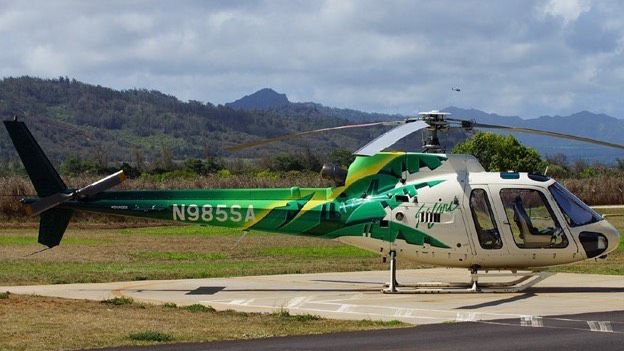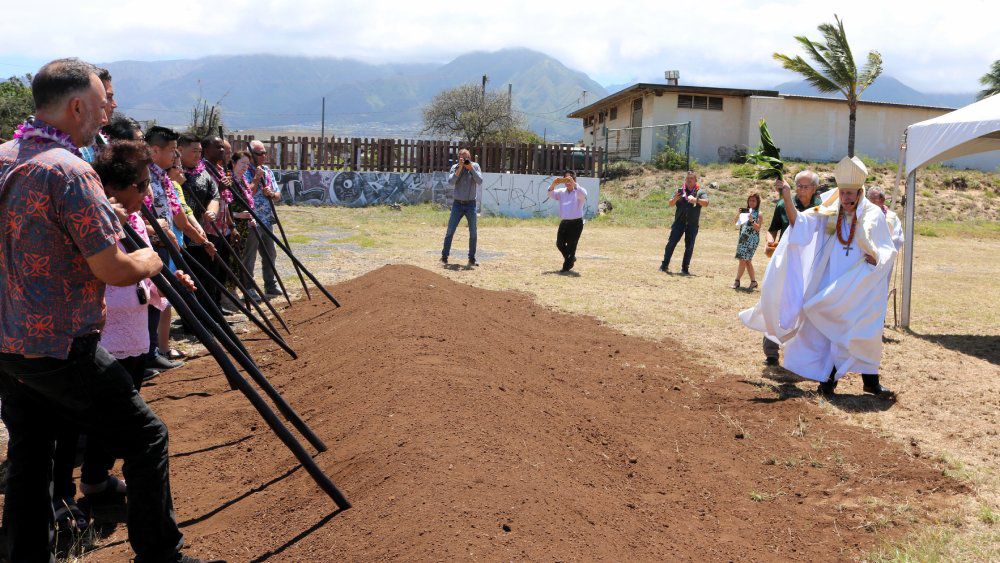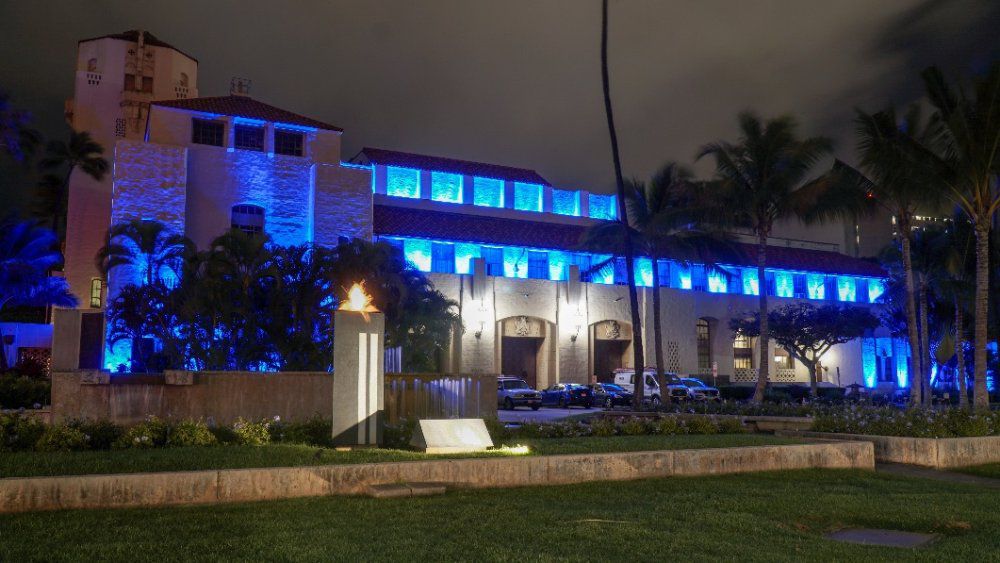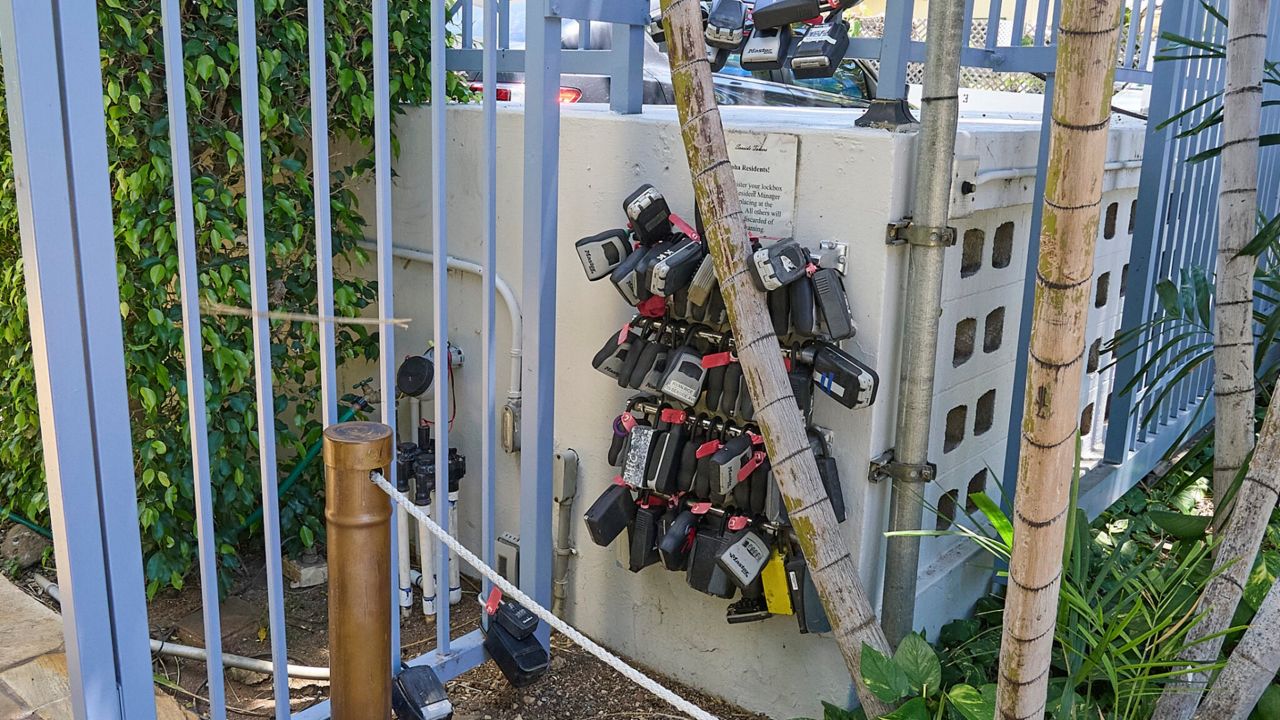A tour helicopter crash on Kauai that killed seven people the day after Christmas three years ago might have been averted had the Federal Aviation Administration heeded years of repeated safety recommendations from the National Transportation Safety Board, according to an NTSB report on the incident.
The report was discussed and approved at an NTSB meeting last week.
On Dec. 26, 2019, an Airbus AS350 operated by tour company Safari Aviation crashed in remote, wooded terrain in Kekaha shortly after encountering weather conditions that hampered the pilot’s ability to see. The 69-year-old pilot and all six passengers died.
The helicopter had taken off for a scheduled 50-minute tour of the island just as low clouds and rain began to move inland from the northwest, prompting at least three other tour pilots to divert their flights in the area.
An investigation concluded that the pilot flew into a mountainous area covered in low clouds and fog and either lost control of the helicopter or flew into rising terrain due to poor visibility.
Investigators reported the pilot’s decision to continue flying could have been influenced by a lack of timely weather information, unfamiliarity with the unique weather pattern or “the possibility that he inadequately assessed the weather conditions in flight or was overconfident in his abilities.”
The NTSB said it had made previous recommendations to the FAA that would have mitigated or eliminated several factors that contributed to the fatal crash, but those recommendations were not adopted.
“When the NTSB issues safety recommendations, they are data-driven, supported by factual evidence developed from investigations, and are carefully crafted to prevent accidents,” said NTSB Chair Jennifer Homendy. “The NTSB previously made 11 recommendations to the FAA to prevent accidents like this one, but our recommendations only work when they are implemented. It’s time for the FAA to act.”
For example, five times in the last six years, NTSB has recommended that FAA require air taxi and air tour operators to maintain a safety-management system to manage risks and assure the effectiveness of safety controls.
“Although Safari’s company policy emphasized adherence to minimum visibility and altitude requirements, the company lacked a documented safety assurance process by which it could determine how effectively its pilots were assessing weather-related risks and adhering to company policy,” the NTSB report into the Kauai crash stated. “For the accident pilot, his decision to continue the flight into deteriorating weather was likely influenced by a lack of relevant weather information and an atypical weather pattern, and it’s possible that he inaccurately assessed the weather conditions in flight or was overconfident in his abilities.”
In 2007, NTSB also recommended that the FAA develop and require specialized inflight weather training for air tour operators in Hawaii. This recommendation was prompted by previous fatal air accidents in Hawaii involving limited weather information and inflight weather assessments.
According to NTSB, Hawaii has limited aviation infrastructure in some areas, including sparse weather observations and limitations in radio communications and flight tracking due to terrain interference. This leaves air tour pilots to rely heavily on their own in-flight assessments.
“Although we recommended 15 years ago that the FAA develop and require cue-based weather training for Hawaii air tour pilots that specifically addresses hazardous aspects of local weather phenomena and in-flight decision-making, the FAA has not yet taken responsive action,” the NTSB report stated. “As a result, the accident pilot did not receive the training we intended.”
Also apparently unheeded by the FAA was a 2013 NTSB recommendation that tour helicopters have onboard recorders to record images, audio and flight data, which would have allowed investigators to make a more definitive evaluation of the causes of fatal accidents and develop measures to prevent future crashes.
U.S. Rep. Ed Case, who has long advocated for greater restrictions on tour helicopters, raised the issue this week with a social media post in which he asked, “Still think tour helicopters are safe to those flying them and to life and property on the ground? Still think our federal government through the Federal Aviation Administration (FAA) is fully regulating their operations?”
Case referred readers to links for the Kauai investigation as well as an NTSB information docket on the April 29, 2019 crash of a tour helicopter in Kailua that killed three people. Poor weather conditions were also determined to be a factor in the Kailua crash.
“Bottom line from NTSB: these tragedies were avoidable, and caused in part by the FAA refusing to adopt NTSB recommendations,” Case wrote.
The NTSB report made eight new safety recommendations and reiterated 11 more. A final version of the report is expected to be released next month.
Michael Tsai covers local and state politics for Spectrum News Hawaii.









